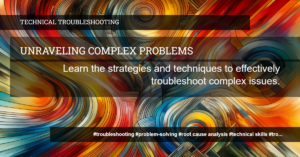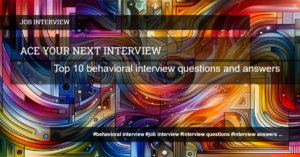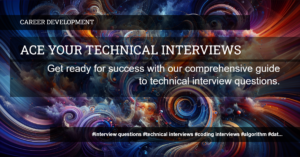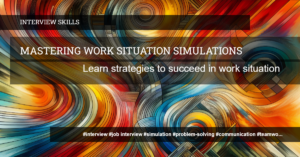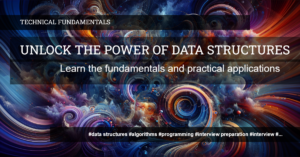Problem Statement
Traditional classroom teaching methods often struggle to engage students and make learning more interactive and enjoyable. This is where augmented reality (AR) and virtual reality (VR) technologies come into play. These emerging technologies have the potential to revolutionize education by creating immersive and interactive learning experiences for students.
Use Cases
1. Science Education
With AR and VR, students can explore complex scientific concepts in a virtual environment. For example, they can embark on a virtual tour of the human body, allowing them to see organs and systems up close and in-depth. This hands-on experience enhances understanding and retention of knowledge.
2. History Lessons
AR and VR can transport students back in time, allowing them to witness historical events and places in a realistic and engaging manner. Instead of reading about ancient ruins, they can virtually visit them and experience history firsthand. This makes history lessons more captivating and memorable.
3. Language Learning
Language learning can be greatly enhanced with AR and VR. Students can practice conversational skills with virtual native speakers, participate in immersive cultural experiences, and explore foreign landscapes virtually. This type of interactive learning accelerates language acquisition and cultural understanding.
4. Field Trips
AR and VR eliminate geographical and logistical constraints for field trips. Students can explore landmarks and natural wonders from around the world without leaving the classroom. This expands their horizons and exposes them to diverse environments, promoting global awareness and appreciation.
How AR and VR Work
Augmented reality overlays digital content onto the real world, enhancing the user’s perception of reality. This is typically achieved through the use of smartphones or wearable devices.
Virtual reality, on the other hand, completely immerses the user in a digital environment. Users wear VR headsets that block out the real world and transport them to a simulated reality.
Benefits of AR and VR in Education
- Enhanced engagement: AR and VR capture students’ attention by making learning more interactive and exciting.
- Improved retention: The immersive nature of AR and VR experiences facilitates better retention of information and concepts.
- Personalized learning: AR and VR allow students to learn at their own pace and explore topics of interest in a self-directed manner.
- Accessibility: These technologies make education more inclusive by offering alternative means of learning for students with different abilities.
- Cost-effective: Virtual field trips and simulations can be more cost-effective compared to traditional field trips, which often involve transportation and other expenses.
Conclusion
Augmented reality and virtual reality hold great promise for transforming education. By providing immersive and interactive learning experiences, these technologies revolutionize how students learn and engage with the content. From science to history, languages to field trips, AR and VR have the potential to enhance education in various subject areas. Embracing these technologies can unlock a new world of possibilities in education and lead to more effective and enjoyable learning experiences for students.
References:


